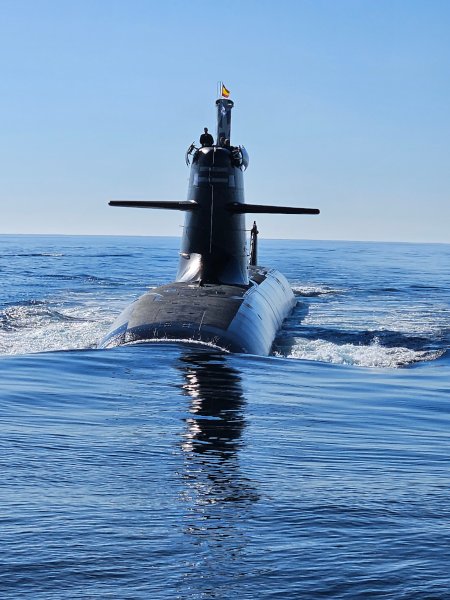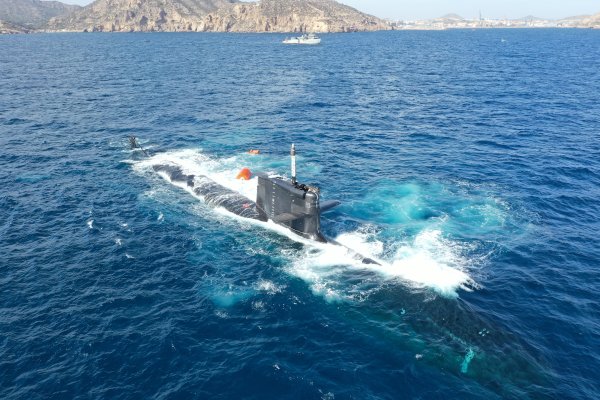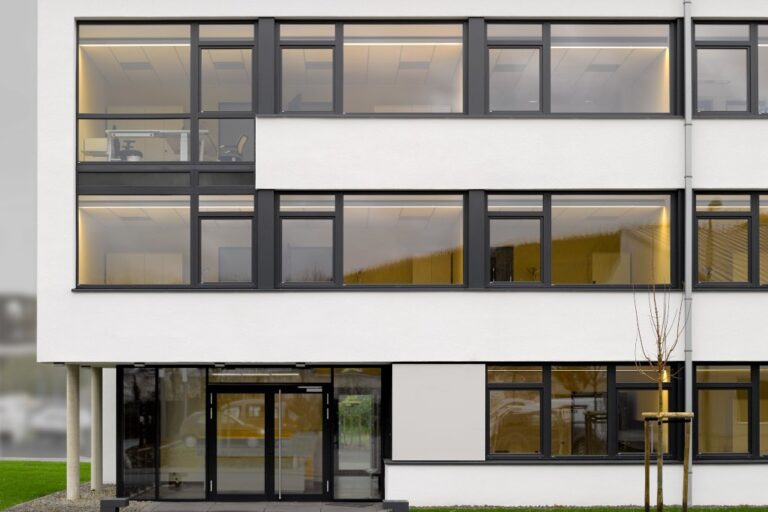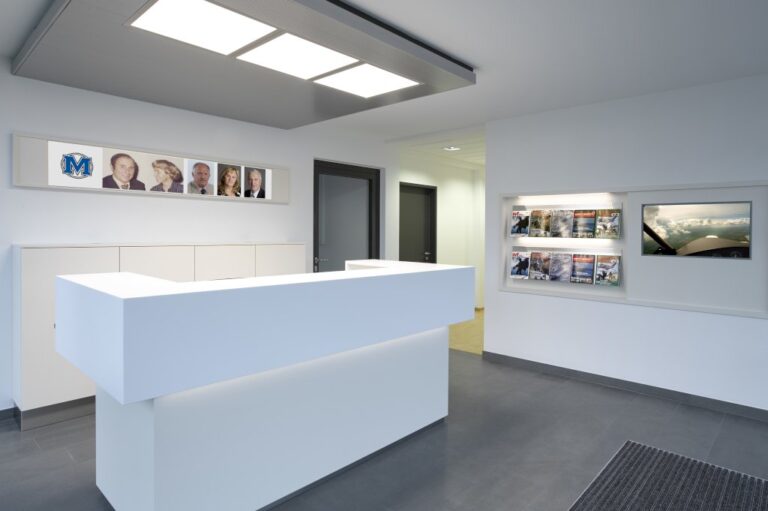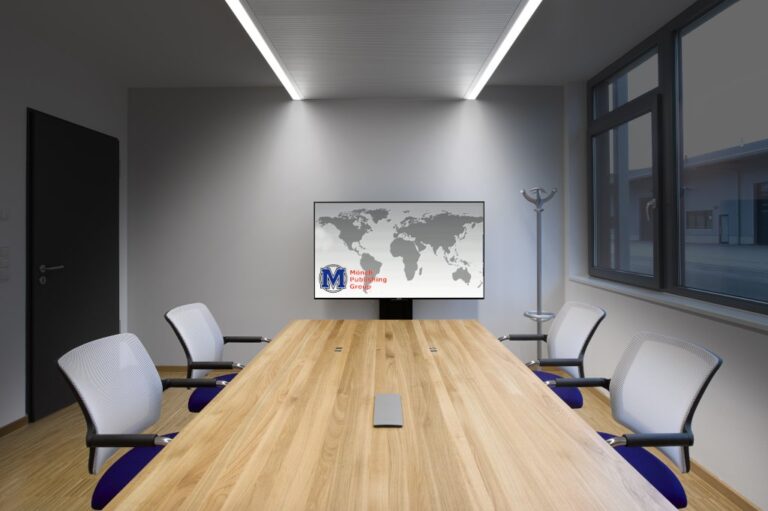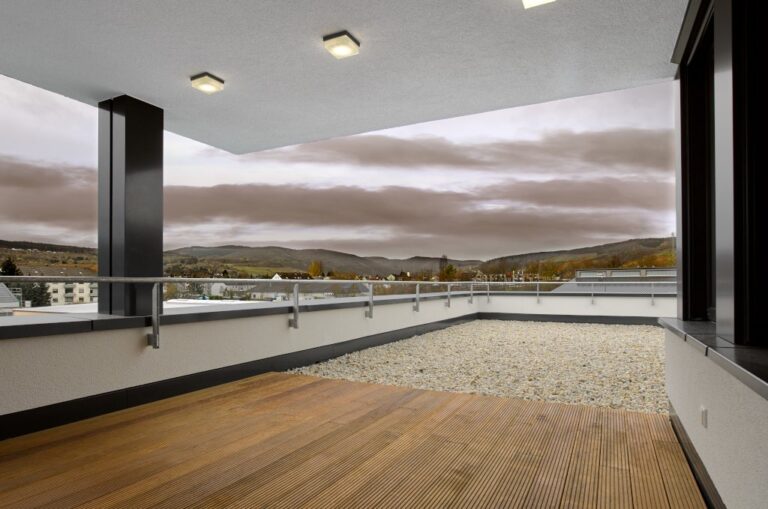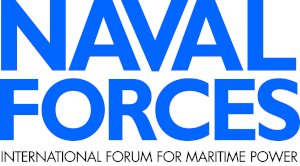Spanish Navy: First indigenously-built submarine sets international standards
The commissioning of the first boat, SPS Isaac Peral (S 81), on 30 November 2023, is a significant milestone for the Spanish Navy (Armada). She was expected to be launched after summer 2020, but due to the COVID-19 crisis, the project has been delayed. It is suggested that the building of four S-80 submarines will help strengthen Spain’s naval defence capabilities at a regional and global scale. With the S-80, the Spanish Navy envisioned an underwater platform that is capable of carrying out the widest possible range of missions, with anti-surface warfare (ASuW)/land attack, anti-submarine warfare (ASW) and intelligence-gathering and surveillance playing a central role in the navy’s strategy for the 2020s and 2030s. With the first unit in service, S-82 already in process of joining sections and S-83 and S-84 also in advanced phase of construction, the S-80 building programme is making strong progress. The S-80 submarines are expected to have a significant attention of the international market in the coming years.
With the S-80 programme, Navantia, Spain’s premier naval shipbuilder, is about to meet the critical expeditionary requirements of today’s conventional submarines. Spain now joins a select group of countries that are able to design and build submarines entirely indigenously, and with the aim to design and build submarines as extremely complex platforms that operate autonomously for long periods of time in hostile environments. The S-80 programme is described as the greatest industrial and technological challenge ever faced by the Spanish defence industry, and it represents a huge technological leap for Navantia itselves, Spain’s premier naval shipbuilder accomplished the building of a submarine based in its own design and takes the role of Technical Design Authority for the S-80 life cycle support.
The S-80 can be grouped a next-generation conventional submarine fitted with a highly sophisticated combat system and land attack capability. It is additionally typified by significantly reduced magnetic and acoustic signatures, a high level of automation and advanced sensors, all of which creating a powerful asset for the future underwater warfare domain. This design, with a length of 80.08m, a diameter of 7.3m and a surfaced displacement of 2,900 tonnes is similar in size to the Japanese Sōryū-class. The integrated combat system and platform control system, a development by Navantia Sistemas, is described as the most sophisticated combat management systems in the market. The combat system core has been developed in collaboration with Lockheed Martin that also acts as the supplier of the submarine sonar suite.
For attaining reliable and self-sustaining defensive and offensive systems with an organic logistics capability, Navantia has developed fully integrated systems based on system-wide uniform architectures, taking advantage of the most recent technologies implemented in fully redundant networks. Systems are largely based on commercial off-the-shelf (COTS) components and non-developmental item (NDI) products in support of the open system architectures (OSA) and to promote and maintain adherence to open system standards for ease of maintenance. This approach helps provide autonomy regarding long-term operation and support, therefore reducing life cycle costs over the projected life span.
The S-80 is powered by two lead-acid cell groups installed at the bow and stern of the submarine. These cells are charged by using three MTU diesel-generator-rectifiers. To extend the underwater endurance, the S-80 incorporates the novel AIP system BEST (Bio-Ethanol Steal Technology), where a fuel cell (supplied by Collins Aerospace) generates direct current. It supplies the submarine with electrical power at any depth so that it can remain underwater for weeks. The fuel cell system will be installed on the last two boats – S 83 and S 84 – and will be incorporated into the first two boats during their first overhaul.
Fuel cells require oxygen and hydrogen as inputs. Liquid oxygen is stored in a tank, while hydrogen is obtained in a reformer from ethanol, which is safely carried in another tank. In this manner, hydrogen is being consumed at the same rate that is produced in the reformer (developed by the Spanish company Abengoa), minimizing the risks associated with its presence. With ethanol as a precursor chemical compond on board the S-80 submarine, Navantia took a different approach because ethanol is much less reactive and dangerous; so, ethanol is kept safely in tanks and is subsequently supplied to a reformer that obtains hydrogen on demand of the fuel cell.
Both the Spanish Navy and Navantia are aware of the enormous benefits that lithium-ion batteries (LIBs) could provide if their inherent risks are perfectly understood and controlled. As told, the so-called BALIT research & development (R&D) programme is underway, where the feasibility of implementing LIBs in the S-80 will be assessed. The French company Saft, an expert in developing batteries for military vehicles, has been chosen to carry out the preliminary study. The evolution from lead-acid to LIBs is expected to provide approximately three times more capacity and submerged time. It is interesting to note that the experience of the Japanese submarine JS „Ōryū“, the eleventh boat in the Sōryū class, is encouraging, since this submarine class has been able to successfully adapt from lead-acid to lithium batteries. It was said in Spain that a change to lithium, in combination with the AIP BEST, would boost the underwater endurance and performance of the S-80 submarine.
Just to make clear, the great advantage of an AIP submarine lies in its unique ability to operate far quieter than nuclear-propelled submarines. Fernando Bardisa from the S-80 design authority told Naval Forces in 2022 that the S-80 submarine represents a qualitative leap this respect. The submarine’s very low signatures and higher automation (leading to high habitability standards) will provide great expeditionary capabilities to the submarine, said Bardisa. Navantia is nevertheless investigating the implementation of LIBs, “taking advantage of recent efforts by a few suppliers.” More than that. The new submarine class integrates a state-of-the-art system for combat and support for special forces operations, this high degree of ‘technification’ helping peg the crew strength to 32. The S-80 Plus will be able to undertake other missions of surveillance, deterrence and confrontation of threats such as minefields, and confront other undersea and surface combatants, both conventional and nuclear.
Conclusion
The facts are clear. The world’s leading naval fleets are continuing to invest in new submarines. Among them are diesel-electric types or fuel cell boats, which are relatively low-cost assets when compared with nuclear-powered designs. Spain’s S-80 class is part of this trend which is due to the fact that completely new technologies – fully integrated battle management systems, real-time data-link, multispectral sensors, self-defence weapons and propulsion systems based on AIP – are set to improve the performance characteristics of the non-nuclear submarine.

